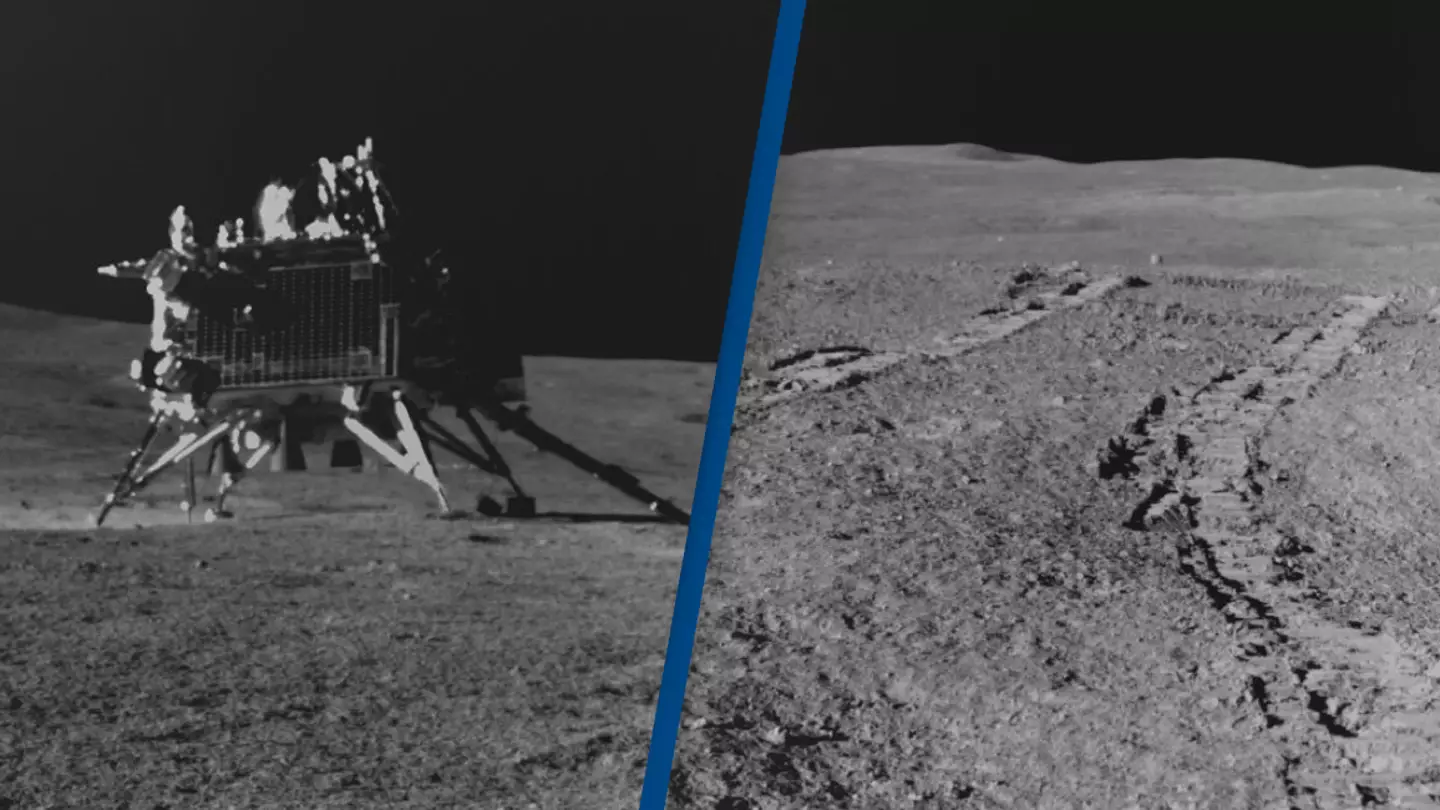
India's rover has been hard at work ever since it landed on the moon's South Pole.
The Chandrayan-3 made history when it became the first probe in history to reach the area of our closest celestial object.
While three countries have previously landed on the moon (former Soviet Union, the USA and China) the South Pole remained elusive for decades.
However, India's mission was a raging success and the Pragyaan rover hidden inside the Vikram lander has now been tasked with finding frozen water deposits.
Advert
It has wasted no time in scouring this side of the moon for anything interesting.
The Indian Space Research Organisation (ISRO) has revealed a laser detector onboard made 'the first-ever in-situ - in the original space - measurements on the elemental composition of the surface near the south pole'.
"These in-situ measurements confirm the presence of sulphur in the region unambiguously, something that was not feasible by the instruments onboard the orbiters," ISRO said.
Advert
The rover also detected aluminum, iron, calcium, chromium, titanium, manganese, oxygen and silicon.
Finding sulphur on the moon is a big deal.
Sara Russell, a professor of planetary sciences at the Natural History Museum in London, told the MailOnline: "Sulphur is usually bonded to important metals like iron and nickel, and these may be important ores that could be used by future astronauts to enable them to live and work on the moon.
"We already know that the moon contains sulphur, from our analyses of rocks returned from the moon by space missions, and from lunar meteorites.
Advert
"What we don't really know is the distribution and abundance of sulphur on the moon.
"This has really important implications for understanding the way the moon evolved."
NASA project scientist Noah Petro told the BBC: "I think Isro is highlighting that it's in-situ - so it's important to have measured sulphur on the lunar surface.
Advert
"Sulphur is a volatile element if it's not inside a mineral. So, if it's not part of a crystal, it's very cool to see it measured on the surface," he added.
In addition to discovering sulphur on the South Pole, the rover has snapped some pretty interesting images of its surroundings.
The Pragyaan rover even took a picture of the Vikram lander and added the caption 'Smile, please'.
It has also had to navigate the lunar surface's big craters. It highlighted a four-metre deep hole recently and ensure it would avoid in the future in case it fell and got stuck.
Topics: Space
